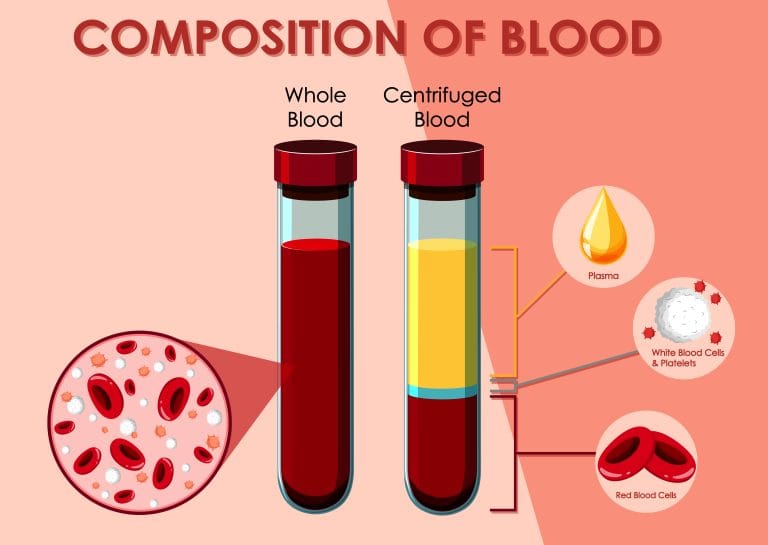LIPID PROFILE
LIPID PROFILE all Tests in BUSHRA CLINIC
- Total Cholesterol: This measures the overall level of cholesterol in your blood. Cholesterol is a fatty substance essential for building cells, but too much can increase the risk of heart disease.
- Low-Density Lipoprotein (LDL) Cholesterol: Often referred to as “bad” cholesterol, LDL can build up on the walls of your arteries, forming plaques. High LDL levels can lead to atherosclerosis, increasing the risk of heart attack and stroke.
- High-Density Lipoprotein (HDL) Cholesterol: Known as “good” cholesterol, HDL helps remove other forms of cholesterol from your bloodstream. Higher levels of HDL are associated with a lower risk of heart disease.
- Triglycerides: These are a type of fat found in your blood. When you eat, your body converts calories it doesn’t need into triglycerides, which are stored in fat cells. High triglyceride levels can contribute to the hardening of arteries or thickening of the arterial walls (atherosclerosis), increasing the risk of heart disease, stroke, and other conditions.
- Very Low-Density Lipoprotein (VLDL) Cholesterol: This type of lipoprotein also carries triglycerides through your bloodstream. VLDL is considered a precursor to LDL and is atherogenic, meaning it can lead to the formation of plaques in your arteries.
- Non-HDL Cholesterol: is a measure of all the “bad” cholesterol in your blood. It is calculated by subtracting your High-Density Lipoprotein (HDL) cholesterol (the “good” cholesterol) from your Total Cholesterol. This means non-HDL cholesterol includes Low-Density Lipoprotein (LDL) cholesterol, Very Low-Density Lipoprotein (VLDL), and other lipid particles that can contribute to plaque buildup in arteries
- Total Cholesterol (TC) to High-Density Lipoprotein (HDL) ratio: is a useful measure to assess your risk of cardiovascular diseases. It is calculated by dividing your total cholesterol number by your HDL cholesterol number
-
LDL to HDL ratio is a key measure used to assess cardiovascular health. It compares the levels of Low-Density Lipoprotein (LDL) cholesterol, often referred to as “bad” cholesterol, to High-Density Lipoprotein (HDL) cholesterol, known as “good” cholesterol.
Location
Al Reem plaza, Corniche Street buhaira corniche. Main land mark FAB Bank building& Customer happiness centre - Sharjah
Phone
+971 56 905 1818

